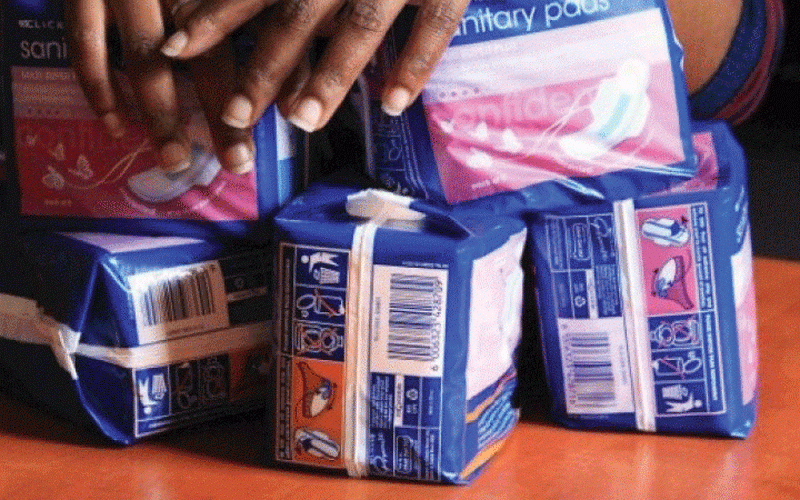
Access to menstrual products and hygiene facilities continues to be a pressing issue in Zimbabwe, particularly in rural areas, where women face the burden of period poverty.
Soaring prices of sanitary pads tend to push girls out of school in remote areas.
Period poverty is a complex issue that affects many women and girls in rural Zimbabwe.
Menstrual products such as pads and tampons can be expensive and difficult to access in rural areas.
The cost of pads is forcing some poorer families to focus on buying food over sanitary products at a time when Zimbabwe’s inflation rate is skyrocketing.
According to the results of the central bank's weekly foreign-exchange auction, the Zimdollar now officially trades at 1 888 to the US dollar, up from 1 404 two weeks ago.
It is currently trading for more than US$3 500 to the US dollar on the commonly used parallel market.
The World Bank report states that about 500 million people across the globe lack access to basic menstrual products and hygienic bathroom facilities for use during their menstrual cycles.
- Mayhem as schools reject Zimdollar fees
- Forex demand continues to fall
- USD fees: Govt policy failure hurting parents
- Zim has 2nd highest rising food prices: WB
Keep Reading
The cycle of what is known as "period poverty" is greatly exacerbated by the lack of menstrual product affordability and accessibility, as well as by societal shame and other societal causes.
Many girls in rural Zimbabwe are missing out on school due to stigma over periods and a lack of sanitary facilities.
Menstruation remains an undiscussed subject in many communities, making it difficult for early teens to receive knowledge on menstrual health issues.
Period poverty needs a holistic approach.
The provision of sanitary wear is a crucial aspect of public health and hygiene, and it is particularly important for women and girls.
Lack of access to sanitary products can have significant negative impacts on their health, education, and overall well-being.
In rural areas, where access to basic services is often limited, the need for government intervention in providing sanitary wear becomes even more important.
In many rural areas, women and girls face significant challenges in accessing affordable and safe sanitary products.
The lack of access to sanitary wear can lead to health issues, including infections and other complications.
It can also result in girls missing school during their menstrual cycles, which can have long-term impacts on their education and future opportunities.
The provision of sanitary wear is, therefore, a critical public health issue, and it is the responsibility of governments to ensure that their citizens have access to basic health and hygiene products.
Governments can play a crucial role in addressing these issues by providing funding for the development and distribution of sanitary wear, working with local communities to raise awareness about menstrual health, and promoting policies that support the needs of women and girls.
Some gender activists have since advocated for free distribution of sanitary pads as opposed to condoms.
However, free condoms and free pads are needed for the safety and education of girls and women.
Therefore, condoms should remain free, and sanitary pads should also be free.
Overall, the provision of sanitary wear is an important step in promoting gender equality and ensuring that all citizens have access to basic health and hygiene services.
In rural areas, where access to these services can be limited, it is particularly important for governments to take action to address these issues and ensure that women and girls are able to live healthy and dignified lives.
Raising money to provide sanitary pads for young girls should be a mandatory national task.
The fact that no girl should have to skip class because they cannot afford pads makes this a respectable action.
*Evans Mathanda is a journalist and development practitioner who writes in his own personal capacity. For feedback email: [email protected] or call 0719770038 and Twitter @EvansMathanda19







